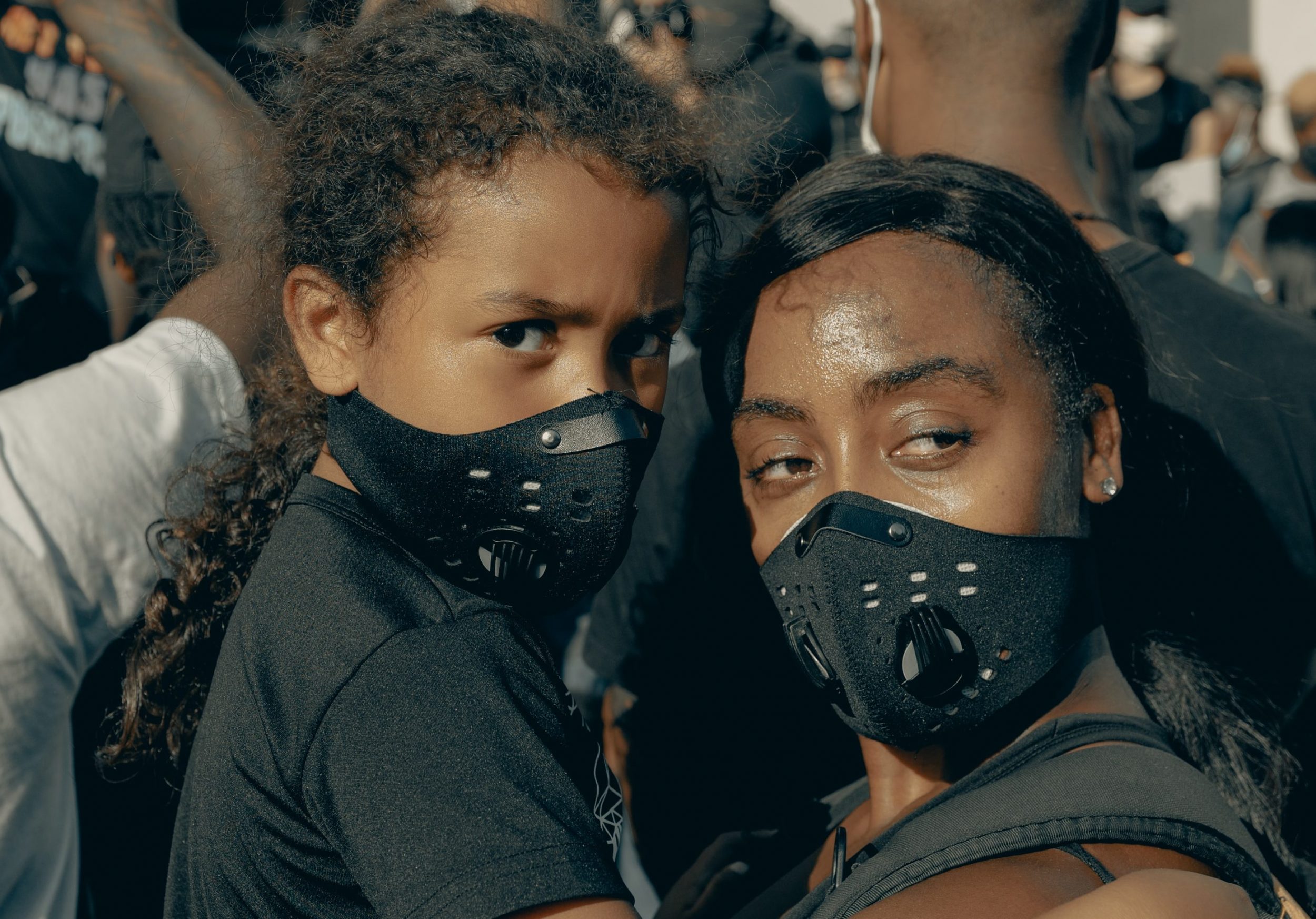University of Westminster’s Alessandra Costagliola writes about how online reactions to the ongoing humanitarian crisis in Gaza demonstrate the strengths and limitations of digital humanitarian communication and activism.
As the humanitarian crisis worsens in Gaza, visibility of the ongoing conflict in digital spaces has heightened. If your newsfeed is anything like mine, then you’ve probably been inundated with information on the conflict, much of which is harrowing and traumatizing, depicting suffering from both Gaza and Israel. The sheer volume of information that has been shared across the world demonstrates how popular information sharing can be in the digital age.
From sharing the latest on the displacement of tens of thousands of Palestinians, to mobilizing groups locally to pressure national governments to enact demands for a ceasefire, social media has shown with this conflict, as with many others, how it can be used as a tool to generate support and visibility.
Indeed, the age of digitalization has democratized not only the availability of information, but also the ability to share that information. But does the increased visibility of humanitarian causes in the digital sphere really improve moral attitudes towards those suffering? And what, if anything, does the virality of human suffering during war help to bring about and end to conflict?
Platform Humanitarianism
For many viewing the conflict from afar, sharing information online can feel like a step towards helping those who are suffering and ensuring that news becomes increasingly visible to others online. Platform Humanitarianism describes the commercial logic of digitalization that has effectively reorganized the ways in which humanitarian communication is circulated and subsequentially acted upon. By increasing the virality of images, video, and other media content related to the conflict, the act of clickable engagement can feel like active participation.
The open access dimension of social media has produced a mass of information as well as disinformation, affording a new level of in/visibility of war that promotes emotion without a clear understanding of why such conditions exist. War becomes more visible through this circulation of content, but the context of why these conditions exists remain largely invisible. Social media’s focus on snackable bits of information means the nuance of conflict becomes simplified. This practice of oversimplification of conflict is particularly acute when it comes to calls for donations, where traumatizing, emotive images paired with an oversimplified message leads the user to believe that a small donation will help solve structural problems. Moreover, given the potentially unlimited supply of images depicting human suffering, whilst rage becomes mollified, does this increased visibility of horror translate into meaningful response? As Mervi Pantti, a professor in Media and Communications notes, the proliferation of media content and citizen voices framing humanitarian crises has not necessarily represented qualitatively improved moral attitudes towards distant suffering.
Is change really happening?
Online activism can translate into meaningful change. Starbucks lost nearly $11 Billion in market value in November 2023 after consumers began boycotting the retailer after Starbucks announced it would sue the baristas’ union Starbucks Workers United when union members expressed their support for Palestinians. As consumers, we have the ability to speak volumes with our purchases, and this hit to Starbucks’s market value is a clear demonstration of that power.
However, while online activism has the ability to advance change socially and economically, politically, governments are motivated by other factors, and it is hard to have an impact on those with the power to seriously intervene in the conflict. Despite continuous online and offline protests in their countries calling for a ceasefire, leaders in the US and UK, among others, have not joined these calls.
Who controls the narrative?
Social media has become a tool, particularly for citizen journalists, a term used to describe people who are not journalists, but collect and disseminate news and information, to ensure an authentic and accurate representation of their experiences, particularly in conflict situations. It provides the ability for people to tell their personal stories without the framing and editing imposed by mainstream media. It is true to say that social media has revolutionized the availability of the information and narratives that we consume.
However, freedom of information sharing is contained within the parameters of social media giants like Meta as well as the increasing influence of censorship from governments. Reports of alleged censorship from Palestinians who believed their accounts to be ‘shadow banned’, a term used to describe the partial blocking of a user’s content in a way that is not fully apparent to the user, demonstrates the power of social media giants in shaping perceptions of the conflict through algorithmic control and platform rules. All the while, this same algorithm perpetuates the dissemination of misinformation.
This algorithmic control also influences the conflicts we do see and the ones that we don’t, effectively prioritizing what conflicts should be considered more deserving of our attention. The algorithm, being customized to the content we engage with, also fuels division, by feeding some users information about the humanitarian crisis, while feeding others with narratives about Hamas attacks that have framed Palestinians as terrorists, anti-feminists, anti-queer, and anti-liberal. Whilst the crisis in Gaza continues to unfold, killings and injuring thousands of Palestinians in its wake, ongoing instability across the world remains: conflict and war impact people to unimaginable extents across Sudan, Afghanistan, the Democratic Republic of Congo, Myanmar, and many more.
So, how can we really enact change?
It’s possible that this article feels like a critique against the proliferation of humanitarian communication online. That’s not necessarily the case. The spreading of information is essential to ensuring visibility of conflicts, including the humanitarian crisis unfolding in Gaza today. But as social media activists, it’s important that our engagement with the conflict doesn’t stop short of a ‘like’ or a ‘share’. Activists and organizations have put together a plethora of resources for how to help support the Palestinian people and the humanitarian crisis that has unfolded in the region outside of simply engaging with content on social media. Education around the historical underpinnings of conflict is also essential, so that the oversimplification of social media messaging doesn’t obscure the wider context. And importantly, for those who are financially able to do so, donations can help to provide essential supplies to displaced families.
This post represents the views of the author and not the position of the Media@LSE blog, nor of the London School of Economics and Political Science.






